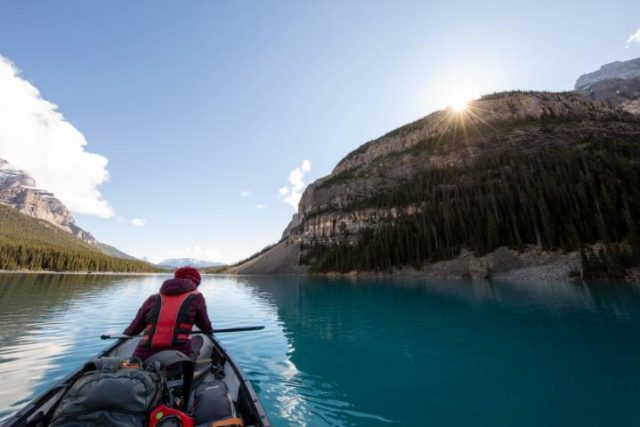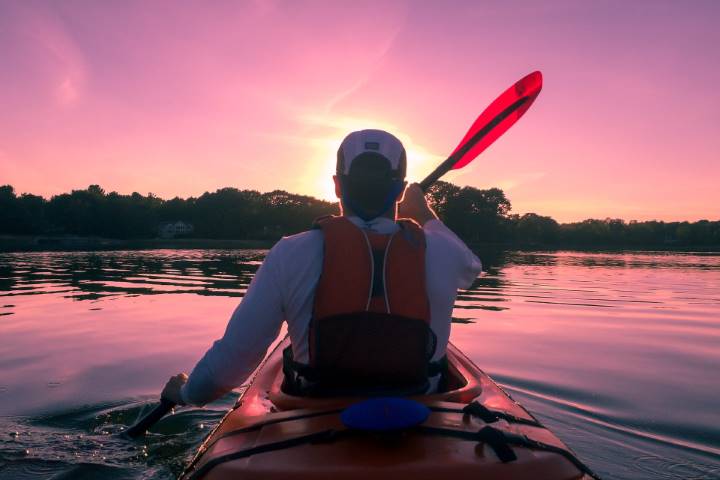
Kayaking provides an amazing way to kill time and have fun alone or with friends and family. The versatile and adventurous watersport also allows you to explore nature as you marvel at its extreme beauty. If you are just getting into kayaking, the first trip can be quite exciting while sending chills of anxiety down your spine in the same measure. However, this will not be the case if you approach the activity adequately prepared. If you feel more than excited to enjoy the open water through your new hobby, this article is for you. Here’s what to prepare when going on your first kayaking trip.
1. A Good Kayak
The best thing about kayaks is that you don’t have to actually buy one to enjoy this exhilarating activity. Especially if it’s your first trip and you want to try kayaking to make sure it’s for you, borrowing a kayak is also an option. Furthermore, rental kayaks are also widely available near water bodies, meaning that you can also save on transportation costs.
Nonetheless, you will want to ensure you get a kayak that is right for your needs. There are several types of kayaks depending on the design, purpose, and construction material. Some of the most common options include the following:
- Sit-on-top kayaks: The design features a body without an enclosed seat, making it easier to get in and exit. They offer increased stability and are ideal for kayaking newbies.
- Whitewater kayaks: As the name suggests, these kayaks are generally used for whitewater kayaking. They come in various types, including creek boats, playboats, longboats, and river runners.
- Recreational kayaks: These are shorter kayaks with a slightly larger cockpit opening compared to touring kayaks. If you are looking forward to a calm kayaking experience as you enjoy the beautiful views on the water, a recreational kayak can do.
- Touring kayaks: These feature an elongated body with smaller cockpits. They, however, may not be suitable for kayaking beginners.
- Inflatable kayaks: These are some of the best options for beginners. They are inflatable, making them easy to operate, transport, and store. They are also perfect for calmer kayaking experiences.
- Child-sized kayaks: These are kayaks smaller in size and designed for use by children as well as youth kayakers.
2. Essential Gear for Kayaking
Once you have a kayak choice in mind, you are yet to get started with the real preparation. You need to learn about the essential gear every kayaker should not lack.
Kayaking Paddle
For starters, you will need a quality paddle. The instrument is as important as the kayaker if not more essential. Since kayak paddles come in various shapes, types, and sizes, you must ensure you get the best one for your needs. This means considering several factors, including the following:
- The right paddle size
- The shaft design -bent vs. straight. Straight shafts are better for beginners.
- Shaft diameter
- The right blade design
- Material quality
Once you pick the right paddle, other essential gear you will need include the following:
- Bilge pump – Also known as a bailer, a bilge pump helps you suck water out of your kayak in case you have to.
- Personal Flotation Device (PFD) – It could be coast guard-approved for the utmost safety.
- A kayaking helmet – Just in case the water becomes turbid, a helmet protects you from impact with rocks and other objects.
- Spray skirt – This one is optional and more appropriate for warm, calm days.
3. Appropriate Clothing
IN most cases, you will choose to go kayaking on a warm and calm day. Before approaching your trip, you will need to bring the appropriate clothing for kayaking comfortably. These should include the following:
- Shorts or swimwear
- Neoprene footwear
- Rain jacket/ spray jacket
- Sunshield hat for calm waters
- Fleece jacket
- You may also need a wetsuit in case you will be kayaking in conditions colder than 60 degrees F.

4. Personal Items
Finally, don’t forget that kayaking can be a rigorous activity. This means that you might get tired, thirsty, or even hungry. It is thus important to pack some water and snacks to keep your energy levels pumping. Sunscreen and sunglasses will also come in handy to protect your skin and eyes from sun damage. It is also safer to have a first aid kit on board just in case minor risks or injuries occur. If you are worried about getting back later, a headlamp will be a useful item as well.
Like many other outdoor activities and watersports, proper preparation is essential. It helps keep you safe and ensures you enjoy every moment of the activity. The above are just a few essential things you will need to prepare in addition to learning a few kayaking hacks.





